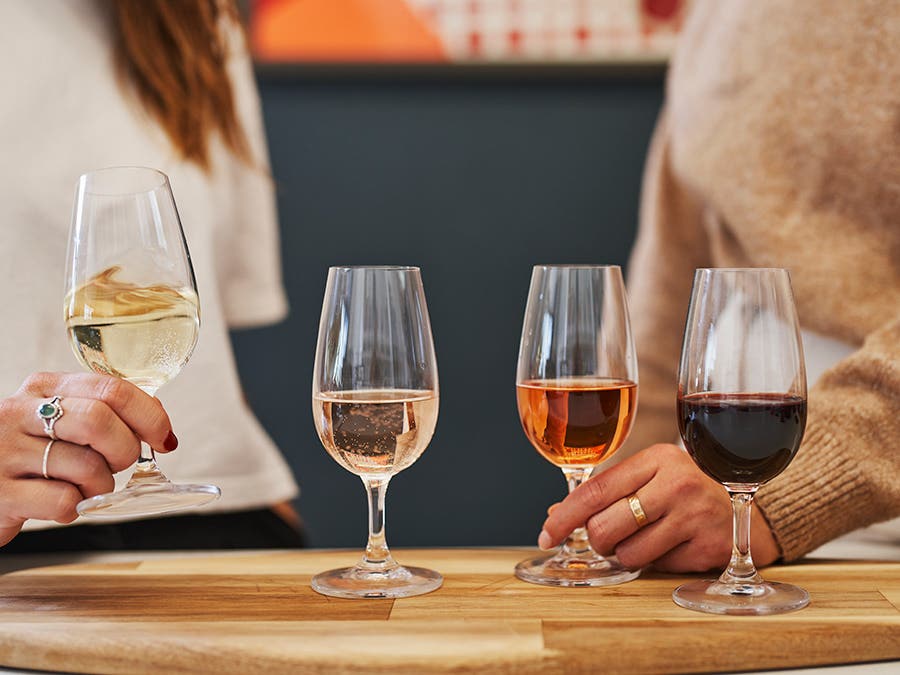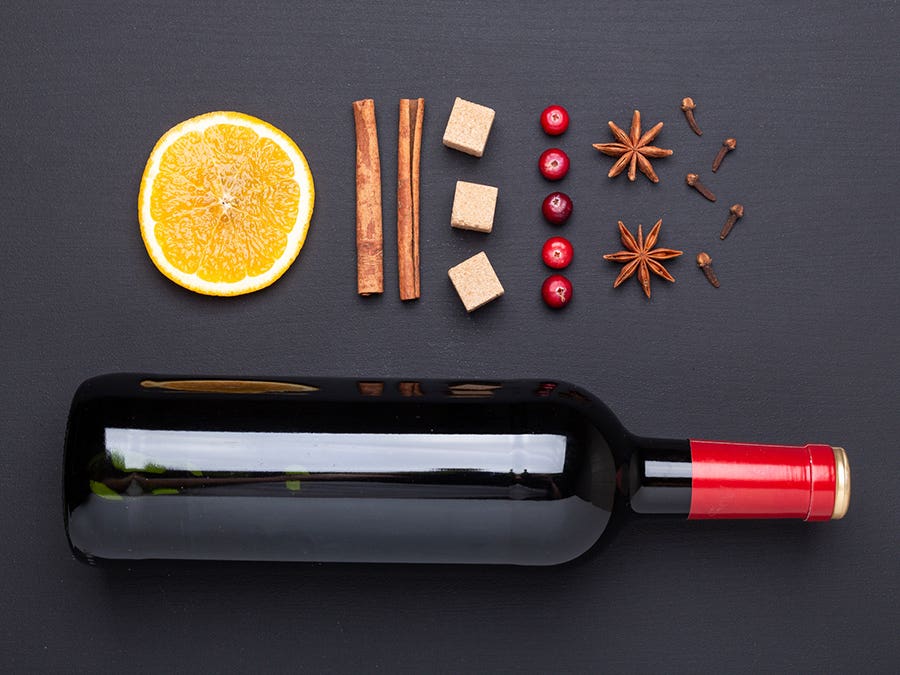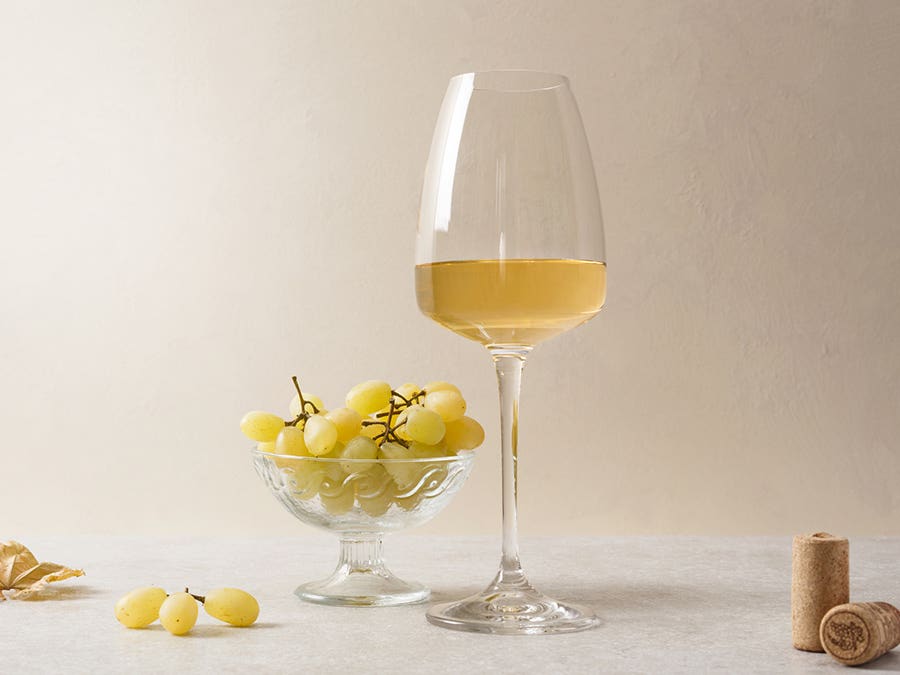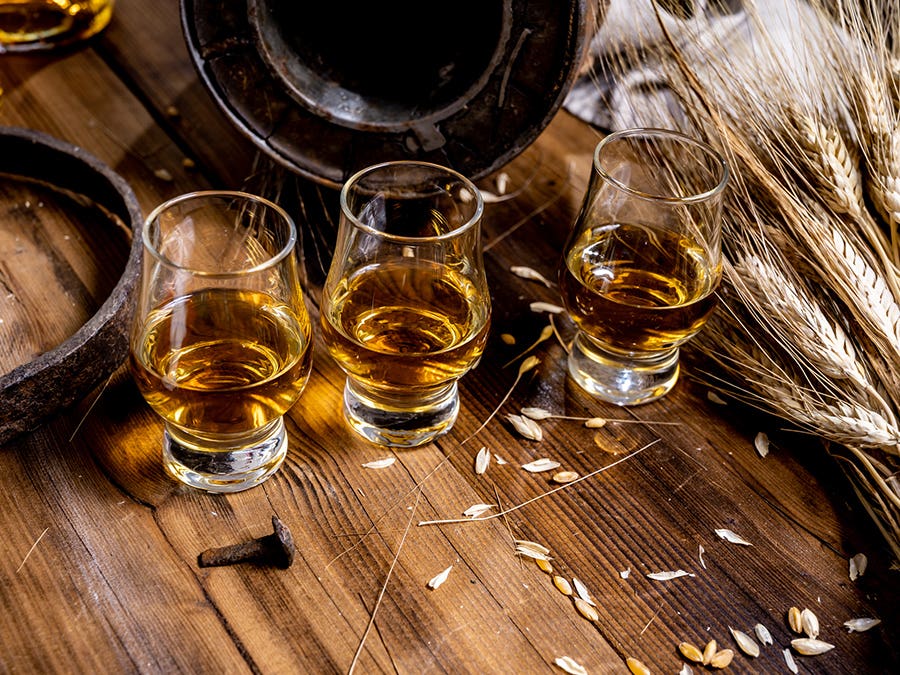

“I’m not sure what to look for when tasting.”
If this sounds familiar, here are a few tricks to whip your taste buds into shape and make them better at discerning the subtleties of wine. And there’s no need to take things too seriously—the road to a keen palate is paved with delight. Let’s have a look (and a sniff) at this fascinating topic with Gabrielle Plastre, sommelière/instructor at Ateliers SAQ.
Many things shall you smell and taste.
“I often tell adults to reacquaint themselves with the habit of smelling everything: fruits at the market, fine herbs in their garden, their neighbour’s flower beds! The more smells we have in store, the better we can taste. Our olfactory memory bank is a veritable library of the aromas we’ve smelled throughout our life.” And while we naturally only taste edible things, we can smell many things that aren’t—essential oils, leather, musk, wood, freshly cut grass, Vaseline (this is useful for training the nose to detect notes reminiscent of gasoline in Rieslings). The more diverse our olfactory and gustatory points of reference, the more precise our tasting notes.
About wine shall you read.
There are many wine books out there, but Gabrielle Plastre is a big fan of the French-language Le Guide du vin by Nadia Fournier: “It’s very detailed, accessible to anyone, with clear tasting notes, and wide-ranging information about vintages and different regions.” And it’s Québécois! This book is a great guide to help you take your first steps in the world of wine tasting.
Blindly shall you taste test.
A bunch of friends, a few mystery bottles tucked into (clean!) socks to hide the label, and you’re good to go! Fruity or woodsy aromas? A fleshy or lively red? Quite tart or fairly balanced? Notes of citrus or stone fruit? The idea is to taste wines one by one, give your general opinion, try to guess if you’ve ever had them before and how much they cost (!), then challenge yourself to identify the region, varietal and year. Basically, have fun with wine! “What’s great about blind taste tests is that you can savour without judgment. It lets you discover new styles, regions or varietals,” added Gabrielle, who encourages us to keep an open mind and dare to venture outside our comfort zone.
Tasting notes shall you write.
“When we write out comments, we have a better chance of retaining information,” explained the sommelière, who likes to add a photo of the label to accompany her notes. “Sitting around a living room, things can go very quickly. But to help keep all those wines we’ve tasted clear, it’s a good idea to jot down some aromas and the impressions that each wine left. Zesty or fresh? Light or full-bodied? A strong taste of alcohol? The texture? What dishes does it make you think of?” The SAQ app is a great tool for logging your observations.
A course shall you take.
Tasting is also about sharing. A course can be extremely useful for discovering new products in the company of other wine lovers. “The intro courses offered by Ateliers SAQ par l’ITHQ are a great way to develop the vocabulary necessary to describe wine. The following courses explore different regions and varietals throughout the world,” explained Gabrielle, who’s an instructor. They could prove to be a fruitful path for bringing out your inner wine aficionado.


To read more on the subject
-
Read more
Here’s your chance to test your knowledge of the aromas common to certain popular grape varieties.
-
Read more
Do you know what to look for in a white wine? We’re here to help make things a little clearer.
-
Read more
Brandy, armagnac, whisky… fine spirits are popular these days. But what exactly are we talking about, and how best should we appreciate these products?
 Access to SAQ Inspire personalized services and store inventories are unavailable at the moment.
Access to SAQ Inspire personalized services and store inventories are unavailable at the moment. Free in-store delivery with purchases of $75+ in an estimated 3 to 5 business days.
Free in-store delivery with purchases of $75+ in an estimated 3 to 5 business days. 













